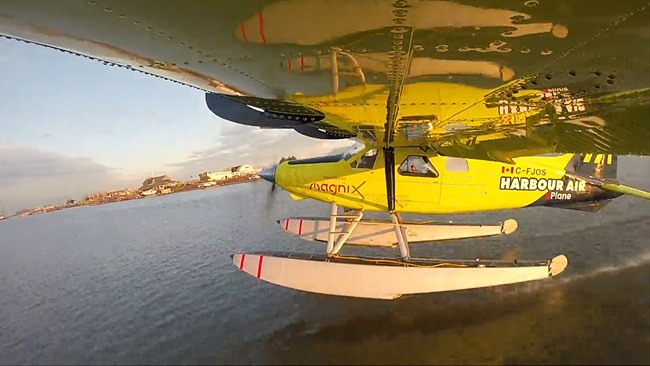FAA working to enhance Alaska weather and aviation infrastructure
AOPA welcomed FAA announcements of several significant infrastructure improvements that will help close gaps in pilot access to weather information at airports and along Alaska flight routes.
The changes will come on line gradually, according to their programs’ individual timelines, and represent incremental steps to improve aviation safety across the state. The upgrades build on extensions of the range of the Flight Information Services-Broadcast (FIS-B) component of ADS-B that were accomplished in June.
FAA Surveillance and Broadcast Services announced on October 14 at the Alaska FAA Industry Council that plans were being finalized to add 11 new ADS-B ground stations to Alaska’s coverage network, pending approval of a deployment strategy expected next spring.
Taken together, the past and future system enhancements represent important steps toward filling holes in the aviation infrastructure, said AOPA Alaska Regional Manager Tom George.
“AOPA is pleased that the FAA is acting on the industry’s request to add ADS-B ground stations, and to make changes to ADS-B services in Alaska.” George said. “While not filling all the gaps in coverage, this will be a major upgrade that allows pilots flying ADS-B-equipped aircraft to access weather and other flight data in areas that were totally lacking coverage.”
The FAA’s 2018 reauthorization legislation required that the agency “conduct an evaluation of providing additional ground based transmitters … to provide a minimum operational network in Alaska along major flight routes.” In the fall of 2019, AOPA and other aviation organizations encouraged the FAA to accelerate the expansion of ADS-B coverage in Alaska, and provided recommendations for sites where the safety-enhancing ADS-B transmitters could do the most good.
The aviation groups that urged speedy adoption of the modernization effort also expressed the view that the system upgrades will encourage more individual aircraft owners and businesses that rely on aviation in Alaska to upgrade their aircraft equipment to benefit from the coming technological capabilities.
The lack of weather reporting has long been cited as a point of concern for pilots in Alaska, and has been a high-priority focus of AOPA’s state advocacy, said Jim McClay, AOPA director for airspace, air traffic, and security.
McClay added that Alaska’s need for more comprehensive weather coverage is highlighted by the fact that more than 20 airports have instrument approaches that are not supported by FAA-certified weather reporting.
“New weather stations at some of these locations will improve IFR access and safety, as well as provide additional weather resources for VFR pilots and forecasters,” he said.



